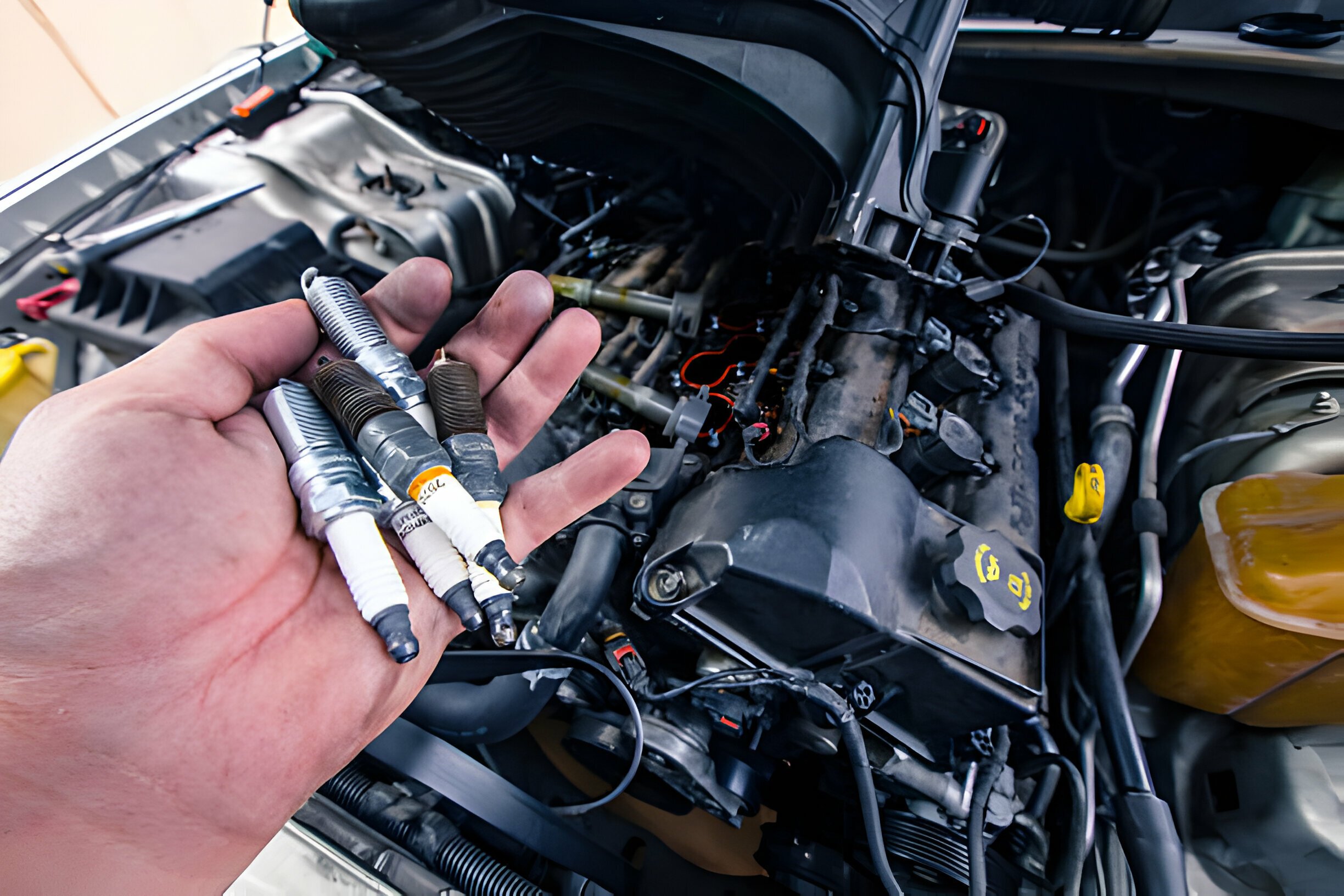Prime
The best automotive wires for your vehicle

When wiring is no longer stable, it affects the normal functioning of the vehicle leading to malfunctioning of vehicle components such as blown out fuses, car starting issues due to corrosion on grounding wires, strange odors/ smells, sparks and check engine light, among others.
What you need to know:
- Choosing the right automotive wire is not just about cost but also about ensuring the optimal and safe functioning of your vehicle’s electrical system.
- When wiring is no longer stable, it affects the normal functioning of the vehicle leading to malfunctioning of vehicle components such as (headlights, speakers, door locks, HVAC system and so on) blown out fuses, car starting issues due to corrosion on grounding wires, strange odors/ smells, sparks and check engine light, among others.
Automotive wires or cables are electrical conductors made of copper or aluminum material and are meant to provide excellent electrical conductivity. These are located in the vehicle’s electrical system and run along the chassis, through wire harnesses and are often found in areas such as the engine compartment, trunk, undercarriage, doors and interior cabins.
According to www.wiretroop.com, there are typically four types of wires specifically designed for use in vehicles. These Include:
Battery cables
The battery wire is a heavy-duty electrical cable designed to connect a vehicle’s battery to the electrical system, including the starter motor, alternator and various accessories. It typically consists of multiple strands of copper wire for flexibility and conductivity and can withstand a 60-voltage rating. However, most vehicles rely on a 12-volt power supply.
While battery wires can withstand moderately high heat, they come in various sizes or gauges to accommodate different vehicle sizes and electrical loads. For instance, thicker cables (lower gauge numbers) are used for higher current applications to minimise voltage drop and ensure efficient power transfer.
Primary wires
These are general-purpose wires used for low-voltage applications such as power lighting, switches, engine wiring and sensors. They are essential for providing reliable power distribution and ensuring proper functionality of electrical components. Primary wires come in different gauges with thinner wires suitable for low-current applications and thicker wires for handling higher currents. They are designed to withstand high temperatures and vibrations, thus made of copper or aluminum.
SXL wires
These are sometimes referred to as cross-linked wires and are known for their high-temperature resistance and durability. They offer excellent resistance to heat, chemicals and abrasion, making them suitable for use in the engine compartment and other areas where the wiring may be exposed to high temperatures. While they are flexible, this allows for easier installation and routing, even in tight spaces or areas with complex wiring configurations.
Speaker wires
These are electrical cables specifically designed for low-voltage use meant to connect audio sources, such as amplifiers/receivers, to speakers. They transmit audio signals from the source to the speakers allowing sound to be reproduced. Speaker wires consist of two conductors, usually made of copper or copper-clad aluminum, paired together to reduce electromagnetic interference and signal degradation.
What to consider
When choosing an automotive wire for a vehicle, several factors should be taken into consideration.
Hussein Ssematta, a mechanic in Ttula, Kawempe, advises car owners to carry out thorough research and evaluation in order to make an informed decision.
Durability is one of vital factors to consider. Because vehicles sometimes go through harsh conditions, including vibrations, mechanical stress and exposure to chemicals and fluids, Ssematta advises car owners to choose reputable suppliers that can offer high-quality wires that meet the standards and particular vehicle specifications.
“Balancing performance and durability with cost-effectiveness is key. Find wires that can endure these harsh conditions while maintaining performance and reliability. Some applications demand specific performance characteristics such as low resistance, high flexibility, or resistance to electromagnetic interference,” he says.
Vehicles have a wide range of electrical components with varying voltage, current, temperature and environmental requirements. As a car owner, it is essential to select wires that are compatible with other components in the vehicle’s electrical system, including connectors, terminals, and harnesses to ensure cooperation across the entire system.
Because the safety of car occupants is key, the wires chosen should be able to meet the safety standards and regulations. This is because incorrectly chosen wires can pose safety risks such as short circuits, electrical fires, or system failures.
Maintenance
Ssematta says maintaining automotive wires is essential in prolonging their lifespan and helps in ensuring the reliable operation of your vehicle’s electrical system.
Routinely inspecting the wires for signs of wear, damage, or corrosion such frayed insulation, exposed wires, or discoloured parts especially in areas exposed to heat or moisture can help you as a car owner address potential issues before they lead to more significant problems.
It is also important to secure wires from moisture, excessive heat sources electromagnetic interference. This can be done by sealing wire connections with waterproof connectors to protect against moisture ingress, especially in areas prone to water exposure such as the engine compartment or door harnesses.
Also, use insulated material to prevent them from exposure to heat, moisture or chemicals.
Ssemata also tips car owners to purchase wires with the same or more amperage during replacement and ensure that their thickness and length is appropriate.
“Use appropriate wire gauge and fuse ratings for each electrical circuit to prevent overheating and potential damage of your vehicle,” he advises.
Additionally, regularly keeping wires clean as part of routine maintenance by removing dirt, grease and debris using a soft brush or compressed air is essential. If you notice any signs of electrical issues, such as flickering lights or malfunctioning components, address them promptly.




